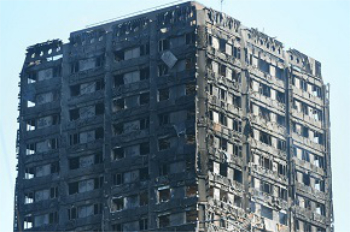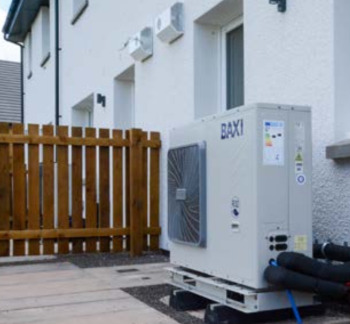Specified perils in construction contracts
Construction works involve large amounts of money and are at high risk of damage. As a consequence construction contracts will generally include an obligation to insure:
- The works.
- On-site materials or goods.
- Off-site materials or goods.
- Existing structures and their contents.
This insurance may cover all risks, or may be restricted to certain ‘specified perils.’
Specified perils tend to be significant events that would cause very significant damage, such as fire, explosions, earthquakes, flooding and so on. All-risks insurance will tend to cover a broader range of risks, albeit it may not cover every possible risk.
Policies may be taken out by the contractor or by the client depending on the form of contract and the options selected, and may be for all risks, specified perils, or a combination for different parts of the cover. For example existing structures might be insured against specified perils whilst the construction works might be insured against all risks.
Insurance will generally be in the form of a ‘joint names policy’ in the names of the contractor and the client. This gives both parties their own rights to claim against the insurer. Other parties, such as funders may also be added as a joint name.
Joint-names insurance will generally prevent claims against the co-insured party for an insured loss. Whether or not claims can be made by one party against the other for uninsured losses where one of the parties is at fault will depend on whether the contract permits this or not.
NB See also relevant events.
[edit] Related articles on Designing Buildings
Featured articles and news
ECA Blueprint for Electrification
The 'mosaic of interconnected challenges' and how to deliver the UK’s Transition to Clean Power.
Grenfell Tower Principal Contractor Award notice
Tower repair and maintenance contractor announced as demolition contractor.
Passivhaus social homes benefit from heat pump service
Sixteen new homes designed and built to achieve Passivhaus constructed in Dumfries & Galloway.
CABE Publishes Results of 2025 Building Control Survey
Concern over lack of understanding of how roles have changed since the introduction of the BSA 2022.
British Architectural Sculpture 1851-1951
A rich heritage of decorative and figurative sculpture. Book review.
A programme to tackle the lack of diversity.
Independent Building Control review panel
Five members of the newly established, Grenfell Tower Inquiry recommended, panel appointed.
Welsh Recharging Electrical Skills Charter progresses
ECA progressing on the ‘asks’ of the Recharging Electrical Skills Charter at the Senedd in Wales.
A brief history from 1890s to 2020s.
CIOB and CORBON combine forces
To elevate professional standards in Nigeria’s construction industry.
Amendment to the GB Energy Bill welcomed by ECA
Move prevents nationally-owned energy company from investing in solar panels produced by modern slavery.
Gregor Harvie argues that AI is state-sanctioned theft of IP.
Heat pumps, vehicle chargers and heating appliances must be sold with smart functionality.
Experimental AI housing target help for councils
Experimental AI could help councils meet housing targets by digitising records.
New-style degrees set for reformed ARB accreditation
Following the ARB Tomorrow's Architects competency outcomes for Architects.
BSRIA Occupant Wellbeing survey BOW
Occupant satisfaction and wellbeing tool inc. physical environment, indoor facilities, functionality and accessibility.























Comments
[edit] To make a comment about this article, or to suggest changes, click 'Add a comment' above. Separate your comments from any existing comments by inserting a horizontal line.